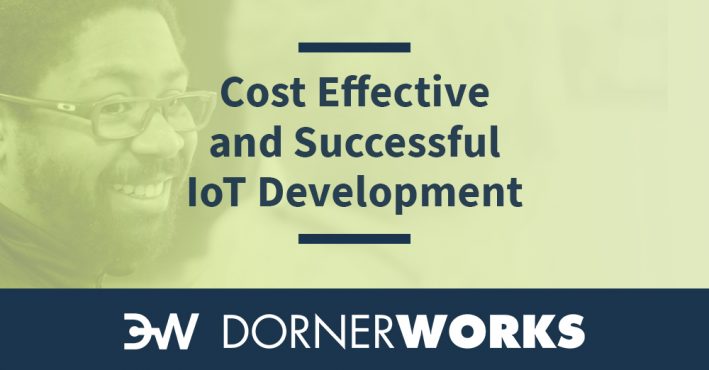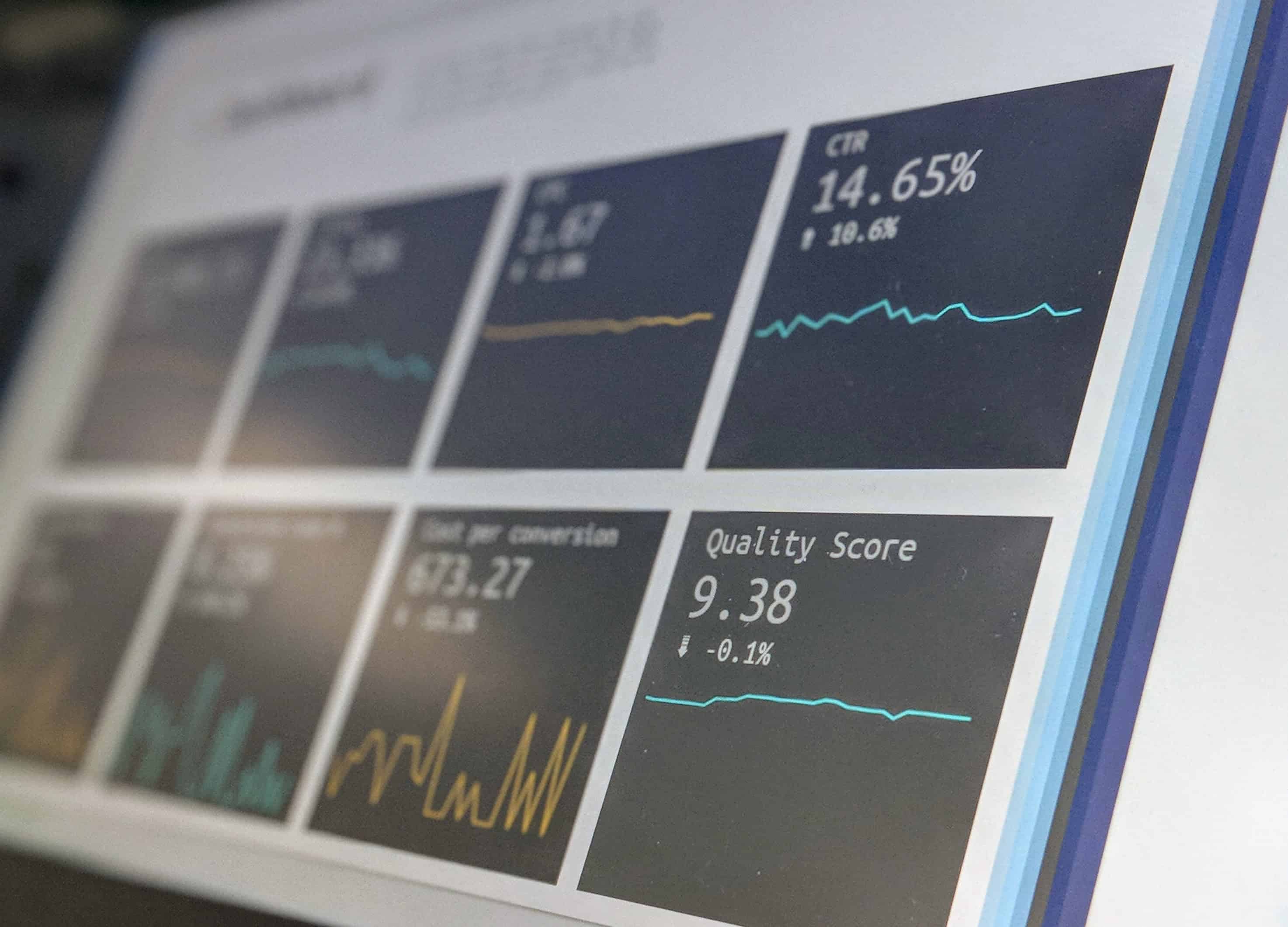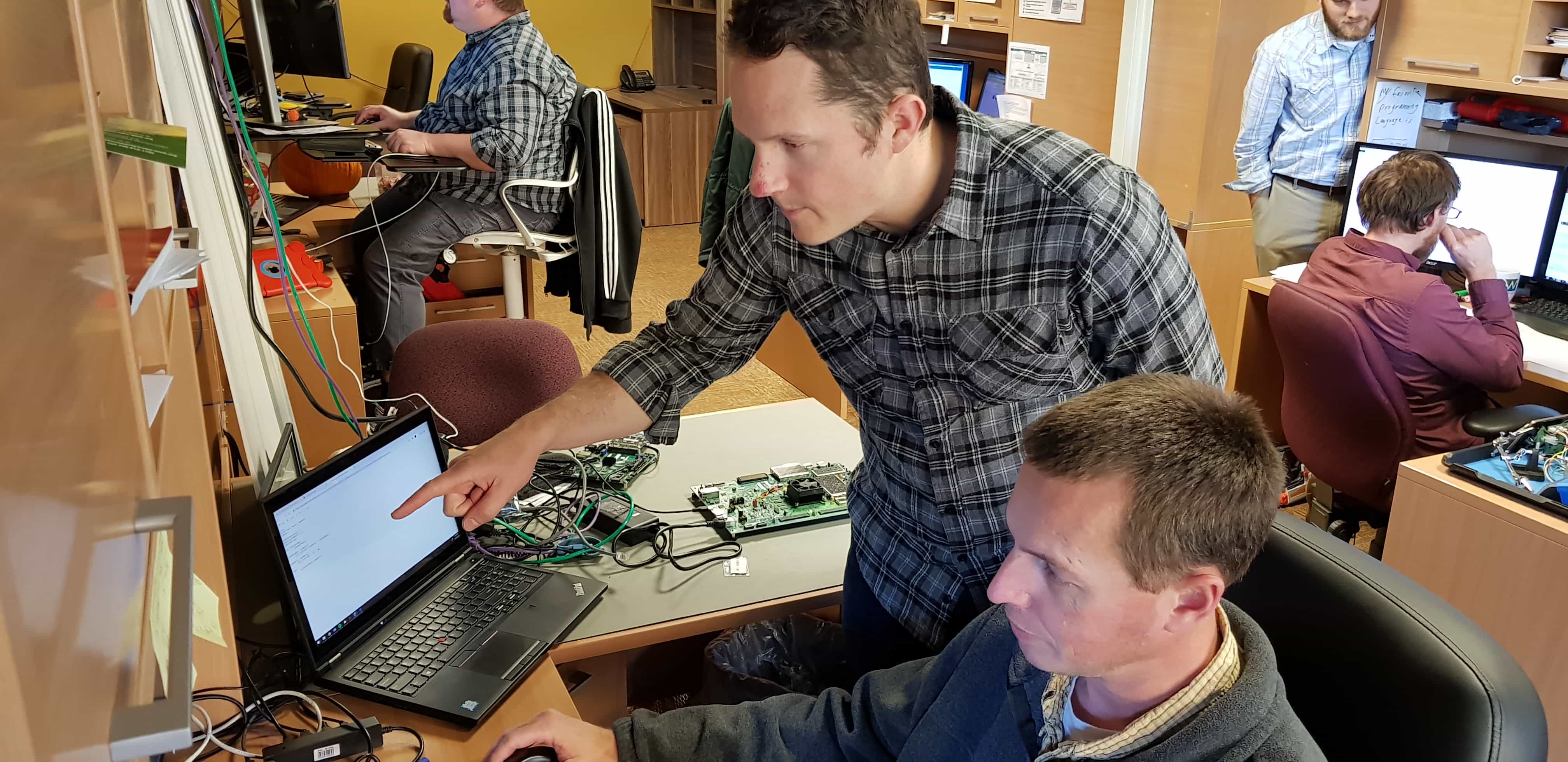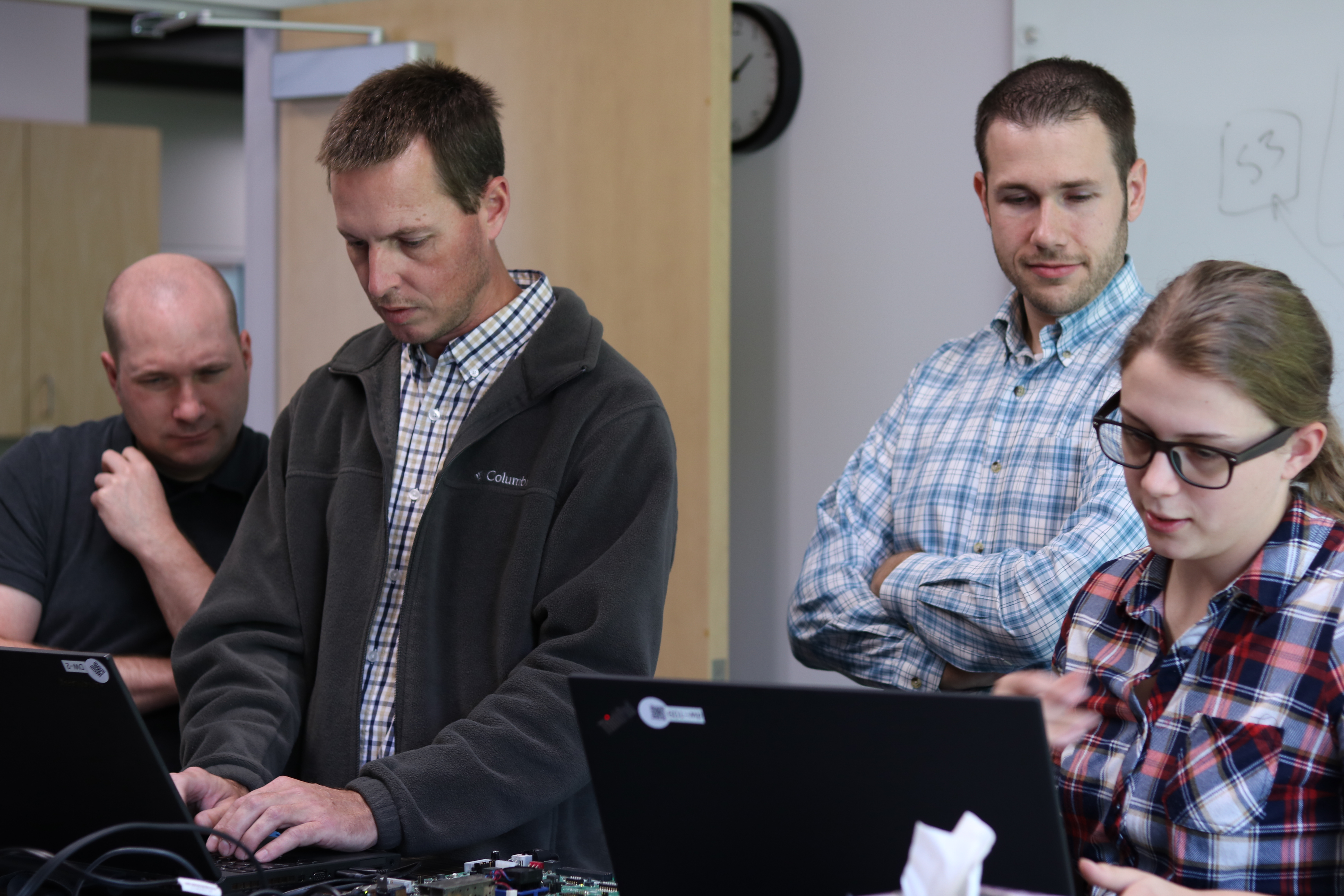
Willingness to make mistakes is an important trait for innovation. Learning from your mistakes makes you an innovator, but learning from the mistakes of others makes you wise.
If you are considering an IoT product, now is a great time to learn from the early pioneers; those products that never made it to market, or made it and flopped. As we look at the IoT graveyard, some warnings and alerts pop up. They can help you make some key decisions about how and if you should proceed with an internet connected product.
Some of these are better known than others, but each of them I have seen firsthand in my role as an engineering manager.

A customer came to DornerWorks for guidance in designing a connected home gardening kit. Some of the features they desired sounded impressive:
As an engineer, I found the technologies and information interesting. Optimizing and learning about what we eat can be extremely valuable to our society as well.
But as a product for the masses, it failed to get beyond the “cool factor” and meet a compelling need. Most of the important features could be met without connectivity; and even those features had questionable value.
For others it may be that a competitor has just launched an IoT device or you sense your customers might see you as staying on the cutting edge if you have your own IoT product. Whatever the reason, connectivity because it is cool is not a sustaining reason to develop an IoT product. In fact, many companies and customers are starting to become very skeptical about IoT. They see products that add some value but nothing significant. Especially when pooled with the growing concerns and realities of security and privacy.
This type of investment will likely not pay off as hoped. Consumers are less and less excited for this type of product as it pours into the markets.

There are many out there stating that the money lies in the data. Most beating that drum are pointing you to big data, AI and software as a service (SAAS). Certainly, those can be great revenue streams and some even get at the heart of the customer’s true needs. However, whether focused on informing the customer or yourself, for many products the presentation of information and alerts is stopping far short of the customer’s true need, and therefore becomes digital noise.
Imagine every part of your customer’s life filled with those same web/app tools (which is now happening) and then ask the question again; “Is this app and this status information on its own really what the customer needs?”
If it is, then great. If not (I would contend a majority fit into this category) then how can you close the gap and do more with the data?
Do I want sensors in my pool, an app on my phone that tells me when the temperature is what I like to swim in, and alerts when I need to add Chlorine? No, I want a clean pool that is comfortable to swim in.
Do I want to know when my manufacturing line is down because the batch temperature was exceeded? No, I want the line to stay running.
Meeting that need is more complex but it also ensures you have a product that will last in the market and a customer that will stay with you.

IoT product architecture pulls in so many technologies and disciplines it becomes a challenge to understand the possibilities and generate true innovation and value when first considering product definition. If the first time your technology architects (more than one with IoT) sit down at the table is only after a high-level product defined, and if their focus is how to best achieve that vision, you’ve already lost a great opportunity. It is very possible the product owner and customers defining the need unknowingly limited the need to technology and infrastructure they were already aware of.
Iteratively work through technology options and customer needs and you will better identify and solve the customer need and help them see the vision of what is possible.

There I was, looking at a beautiful User Interface for RV lighting. It had sharp transitions and animated graphics. But there was a problem. When you booted up that beautiful UI on the circuit board mounted in the RV, it ran very slow. That’s when the designer came to us.
It was an issue that could have easily been solved during the design phase.
Another customer showed us a quality physical product that used the Zigbee network, and suffered from connection reliability issues. It turns out, Zigbee doesn’t work well in that particular environment.
Again, a developer with knowledge of working with that technology could have mitigated the issue.
In a third situation, an impressive physical product with robust connectivity was facing trouble when its cloud/web components were not scaling to customer demand. Reworking the existing code would cost as much or more than starting over.
Once more, a little foresight would have helped.
Make no mistake, at this point in the project this team was filling a very different role than the one involved with the initial opportunity to define the customer problem statement and product definition at a high level. This stage required a team highly capable in connecting embedded electronics to the cloud and then to the web and mobile apps. A team that has the capability to design for intelligence at the device, at the edge, and in the cloud. Moreover, an architecture that could provide reliability, safety and security.
In each of these items, there is much to account for.
The device side of the product presents many of the processing and communication architecture limitations. It also provides an opportunity to close the loop on intelligent products, so you have to know how best to navigate those. The connectivity architecture is going to set you up for the best reliability and user experience. The web/mobile applications build on that user experience and set the product apart. The ability to capitalize on big data and artificial intelligence is a unique advantage for connected products, provide customer delight, and can monetize the product for you.
Find yourself a balanced team, not one that thinks from a limited skillset only to pull in the rest of the team as an afterthought.

Most companies do not have the luxury of enough in-house resources to pull off an IoT product. In fact, while I have seen the issues above become recurring, they pale in comparison to the number of companies I see that just do not know where to start or how to finish. You may have read the warnings above and become even more convinced to just sit on the sidelines a while longer, or put out a partial solution, because you just do not know what will work. Hoping all along, no one else will use the latest technologies to better meet the same customer needs and cut into your margins.
There are contract companies that can provide that augmentation if you are just missing a small area of expertise. As well, there are contract companies well suited for filling a much more substantial role. Companies ready to provide all the skillsets necessary for IoT product exploration and development.

I hope you found some wisdom and encouragement in these items. Whether you are looking for just one discipline to add to your team, or the full team, you should look for a partner that can help you for the long term; one that has the complete product mind-set. Even if your plan is to develop those resources internally, over time, it helps to have a partner that can challenge and add to your product design approach.
As well, plans can change. You may find hiring, developing, and training a team takes longer and costs more than planned. You may find that your value is not even in the development of the product but rather in knowing your customer and your market and selling a product to them that meets their needs.
Here at DornerWorks, we love collaborating with companies that see the wisdom in approaching product innovation and design this way. We are happy to participate in portions of the design and we get excited when asked to innovate and strategically work through products and product portfolios. If you are reading this and realize there are improvements to be made in your design approach, we would love to talk with you. This is what we do, day after day, and we love it!